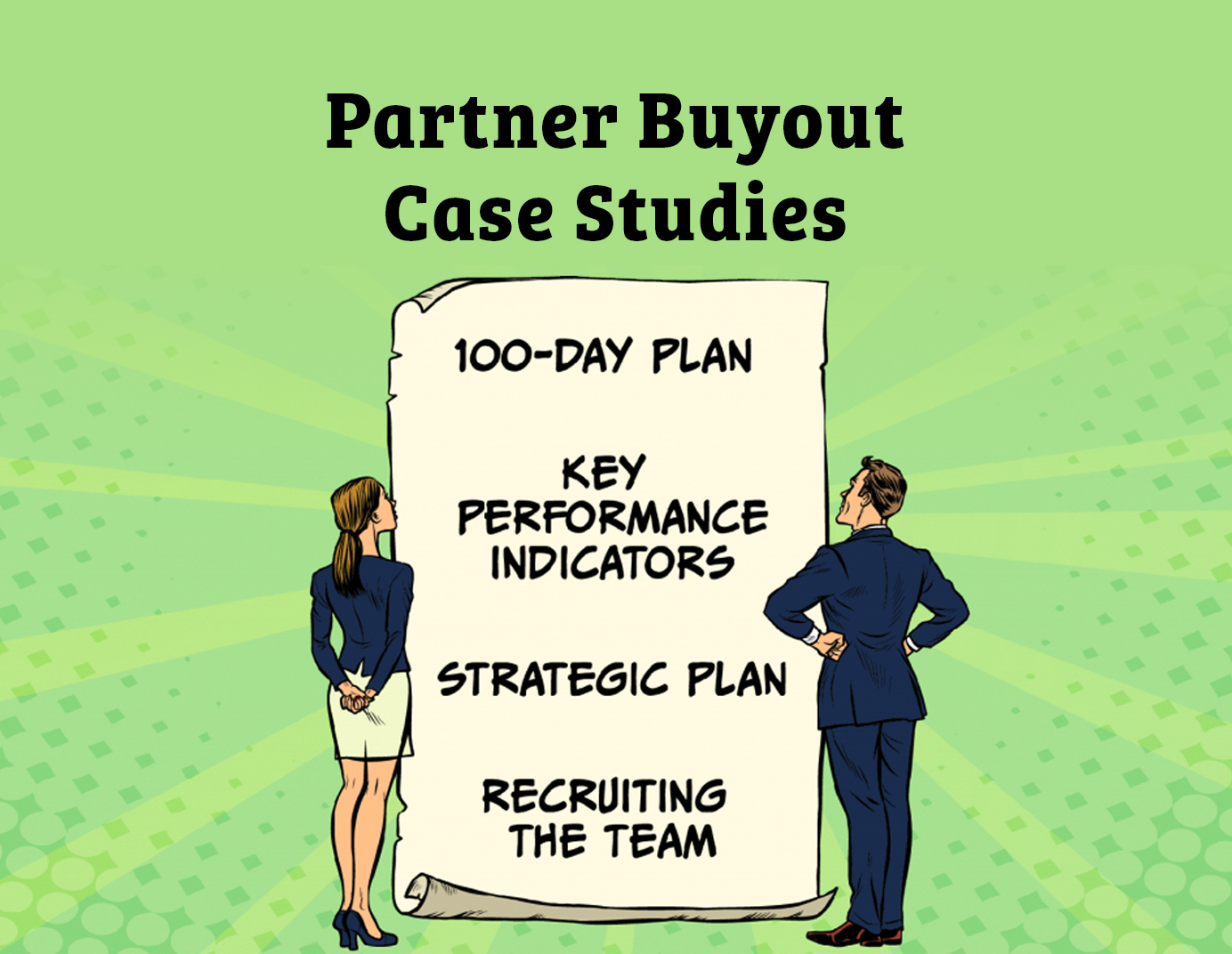Insception Lifebank
The Investment Partnership:
The original Succession Fund investment upon acquisition of Insception
Nov. 2010 – $4M
Succession Fund add on investment in support of Lifebank merger:
Sept. 2012 – $1.5M
The Situation:
In January 2009, an experienced life sciences venture capital industry executive became CEO of Insception. Over the years, he had worked with many emerging companies in the healthcare field in an executive or board capacity. He was hired as the primary shareholder to upgrade the management team, develop the business plan and explore alternatives to sell or recapitalize the business.
Based on his assessment of the growth prospects, including acquisition possibilities to consolidate the fragmented market, he put forward, instead, a plan to lead a buyout of the business and find a financial partner to complete a transaction that would include the incumbent management team.
That’s where The Succession Fund came in. There was a willing seller, a negotiated price and a team aligned with us as managers and co-investors. That led to a new partnership with a revitalized management team. The operators developed a 100-day and first-year strategic plan to begin to implement a focused and disciplined growth strategy with an improved digital marketing component.
The Inflection Point:
In September 2012, Insception acquired Lifebank, which led two of Canada’s largest and most active umbilical cord banks to combine resources and create a national presence that had scale, a professional team, and the ability to leverage their marketing, storage and laboratory services. The organization achieved synergies through a detailed merger integration process led by management and The Succession Fund.
Key Takeaways:
- This was a non-capital intensive business that had an experienced operating team with fully aligned interests and a strategic growth plan poised to capitalize on market opportunities.
- A committed seller with an agreed upon asking price allowed negotiations to proceed quickly.
- Any merger integration plan has to be very detailed to cover every operating aspect of the business combination, unexpected delays, less than optimal cost savings and risk assessment.
- Digital marketing plans have to be developed and executed decisively to stay ahead of the competition and must integrate seamlessly as part of an overall CRM and social media strategy.
- The selling process was carefully managed with an international focus to optimize value on exit.


